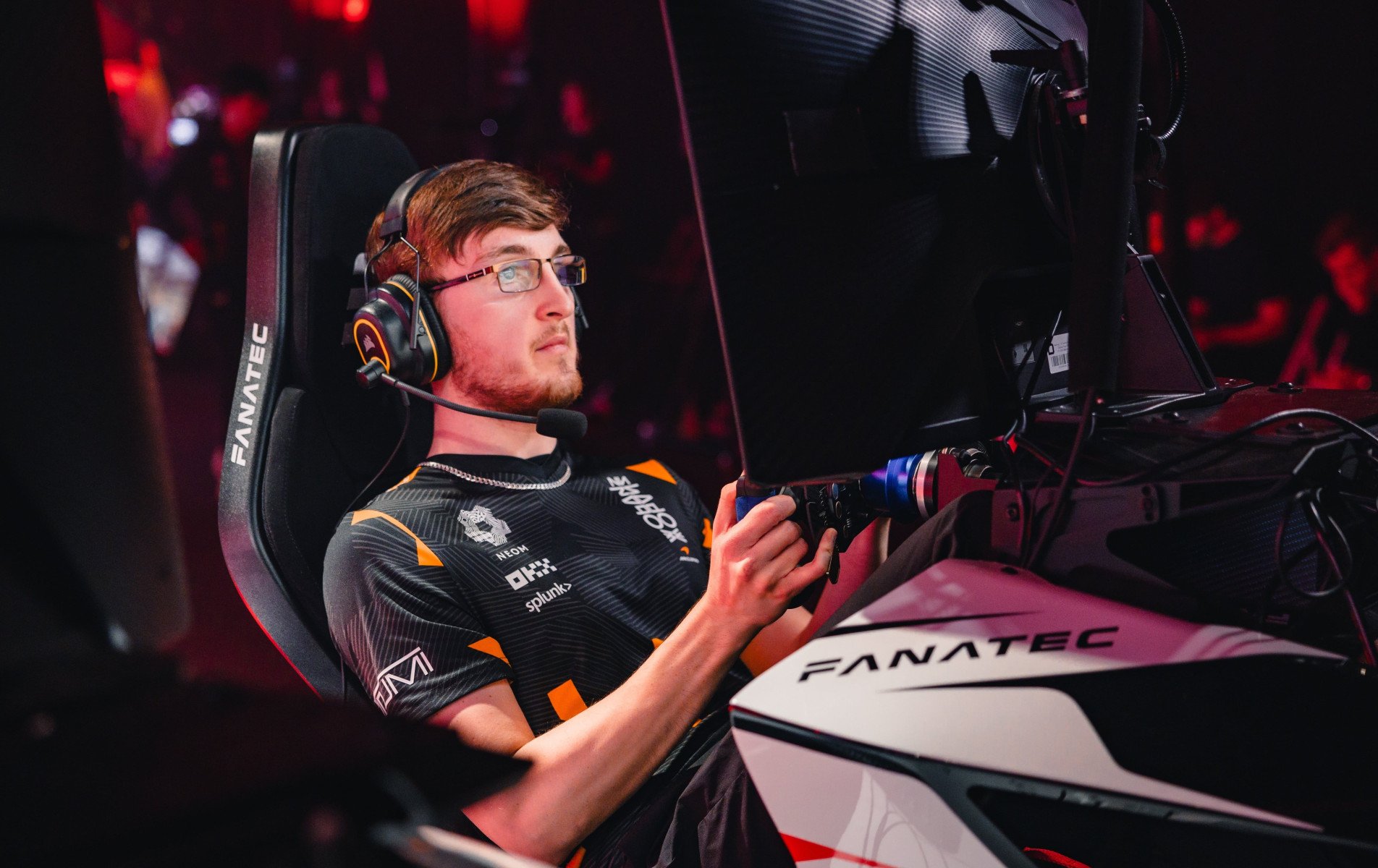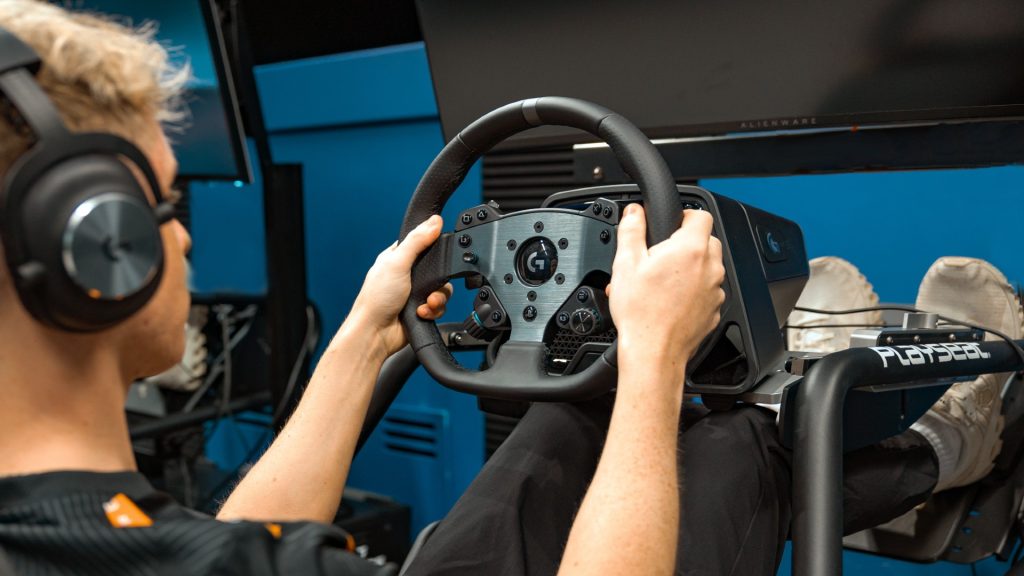Ahead of ESI Events’ flagship conference ESI Lisbon (September 23rd-25th 2024), ‘Looking at Lisbon’ taking a look at the topics behind some of our panels and workshops. This article explores the exciting transition from sim racing to real-world racing.

The journey from virtual racing to the real-world track has always been the stuff of dreams, something most would consider a fantasy rather than a reality.
However, more and more racers rise from sim racing backgrounds, challenging this notion, like Jann Mardenborough, whose leap from sim racing to professional motorsports made this pathway no longer a hypothetical, thanks to the rapid development of sim racing technology, games and circuits.
Another example is Lando Norris, now a well-known Formula 1 driver, who used sim racing to sharpen his skills and who regularly competes in sim racing events, further bridging the gap between virtual and real-world racing.
As this pathway becomes increasingly viable for future racers to follow, it’s time to explore how sim racing is evolving and what it means for the future of motorsports.
But first, what are sim racing games?
Sim racing — short for simulation racing — replicates the experience of driving real race cars on real tracks within a virtual environment. Unlike traditional racing games, which are often more arcade-like in their approach, sim racing emphasises realism by including everything from vehicle physics and track conditions to tire wear and fuel consumption. The goal is to create an experience as close to real-world racing as possible, in turn offering aspiring racers a platform to hone their skills without much risk.
Sim racing has seen an exponential rise in popularity over the past decade, particularly during the COVID-19 pandemic, when traditional motorsports were put on hold. Today, millions of people around the world participate in sim racing, with the community continuing to grow.
But how realistic is sim racing as a pathway to professional motorsports? The precision and skill required in top-level sim racing is remarkably similar to what is needed on the actual track. Drivers like Mardenborough have proven that the skills developed in a simulator can translate to real-world success. But transitioning from sim to track is not without its challenges.
While sim racing offers a promising route to professional motorsports, several obstacles remain, like the physicality of real-world racing, something that simulators cannot fully replicate. The G-forces, the wear on the body during a race, and the tactile feedback of a real car are all factors that sim racers must adapt to when transitioning to the track — something that is honed with time and experience.

Another challenge is talent discovery. While sim racing is accessible to millions, identifying those with the potential to succeed in real-world racing requires significant resources and infrastructure from potential investors. Looking forward, it would be beneficial — if not crucial — for motorsport organisations to develop programmes that can effectively scout and nurture these talents, even from an early age.
On the technological front, continued improvements in sim racing hardware and software will help bridge the gap between virtual and real-world racing. Advances in VR, force feedback steering wheels, and motion rigs are already making the sim racing experience more immersive than ever before.
In short, sim racing is poised to become an even more integral part of the motorsports ecosystem. Yet plenty of questions remain. What’s the current state of play in the scene? Who are the key stakeholders? Which racing titles are the most exciting from an esports perspective? And where do the opportunities lie going forward for the space?
To delve deeper into this exciting transition, join us at ESI Lisbon for The Racing Transition – Sim to Track on September 24th, where a panel of industry experts will discuss the current state of sim racing, the opportunities it presents, and the challenges that lie ahead. Don’t miss the chance to hear from leaders in the field and explore the future of racing—both virtual and real.



